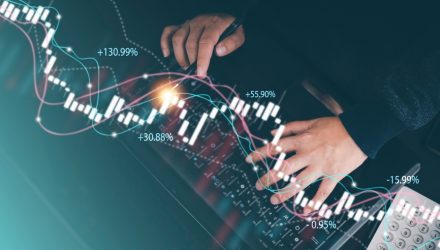The dog days of summer have truly arrived, and with them comes a quieter period for market news. Investors may think that no news is good news, but that isn’t always the case when it comes to the “September effect.” The September effect, in which markets see regular selloffs in the ninth month of the year, occurs in large part due to the lack of news. With so much uncertainty this year, investors may want to prepare for September with a quality ETF.
September isn’t just a regularly scheduled dip for stocks – September is historically the “worst” month for stocks. That’s more than just noise at this point, but a pattern that analysts still don’t fully understand. Without earnings reports or big news drops from companies, bad news, and events can fill the void and drive markets to sell.
September arrives this year amid a lot of narrative uncertainty, too. Investors entered 2023 hearing about a looming recession that has yet to materialize. The Fed has beaten the rate hike drum steadily and may have one more hike planned. The lagging impact of rate hikes on credit markets also still has a role to play. Finally, while the market has stubbornly moved forward, it has relied perhaps too much on just a few big tech names in the S&P 500.
See more: “Q&A With SS&C ALPS Advisors Chief ETF Strategist Paul Baiocchi”
A twist to any of these sources of uncertainty could worsen or perhaps even trigger a September effect selloff. As such, investors may want to take a closer look at a quality ETF like the ALPS O’Shares US Small-Cap Quality Dividend ETF (OUSM). OUSM tracks a small-cap stock index which helps limit its exposure to the expensive, top-heavy side of the market. It avoids more vulnerable small caps, however, thanks to its quality and dividend-based screens. It also caps single stocks at 2% and sectors at 22%.
Charging 48 basis points (bps), OUSM has rewarded its owners. The strategy has returned 8% YTD, 5.3% over the last year, and 12.1% over the last three years. Those three years not only include the hot market during the initial COVID lockdowns but also the selloff last year. Taken together, it may be one to watch before a September effect hits next month.
For more news, information, and analysis, visit the ETF Building Blocks Channel.








